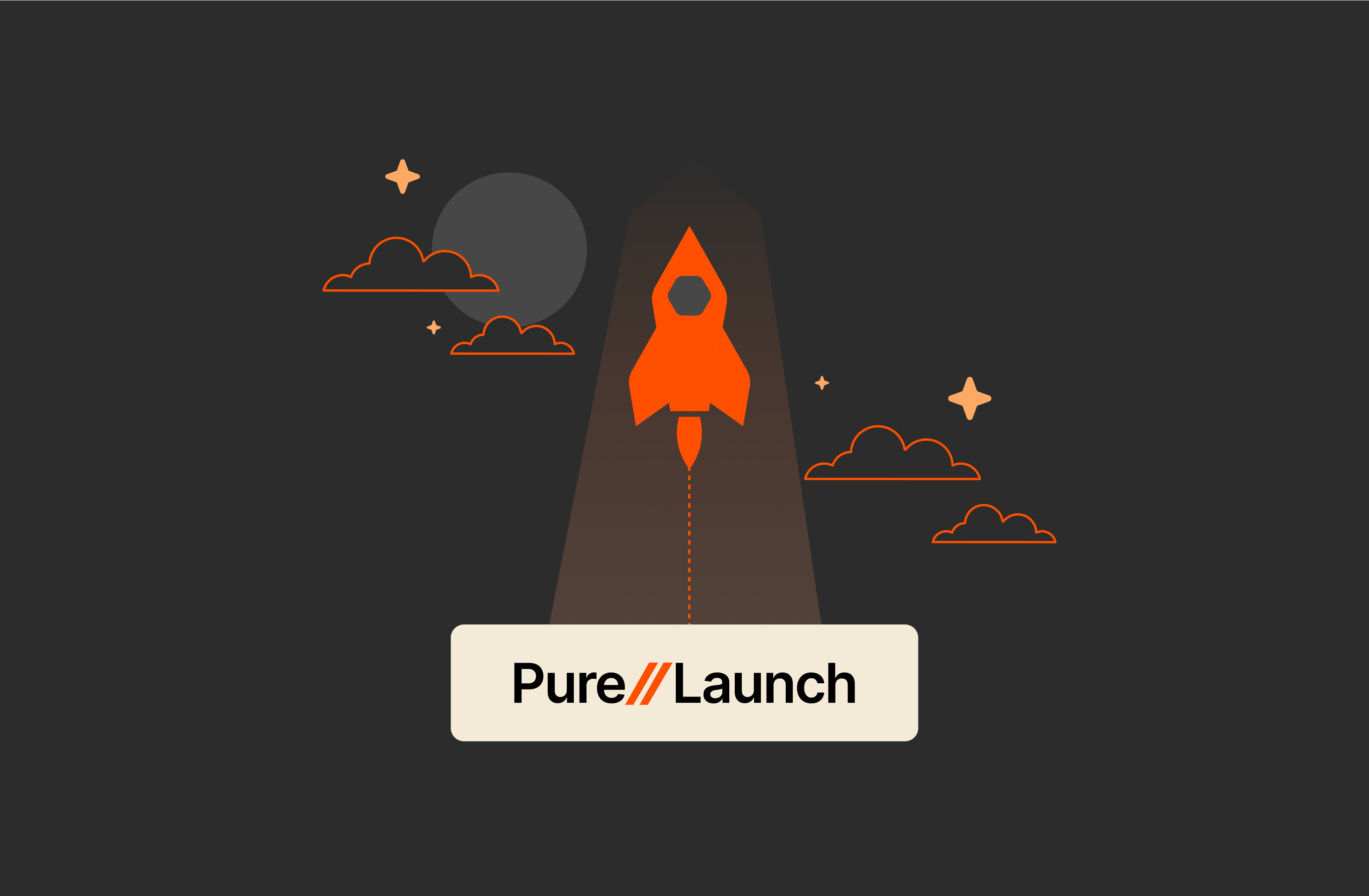AI and Machine Learning
AI and machine learning workloads require GPUs, specialized processors that process massive amounts of data from structured and unstructured sources. Maximize GPU efficiency and ROI with high-performance, architecturally optimized solutions. The Pure Blog will keep you up to date on the latest in AI and machine learning trends, what they mean for IT, and how data infrastructures can deploy the latest trends to be ready for whatever comes next.
-
The Pure Storage AI Copilot: A Force Multiplier for Storage Management
Imagine being able to ask questions about your storage environment through a conversational interface and getting personalized insights in response. With Pure Storage AI Copilot, now you can.
By:


















